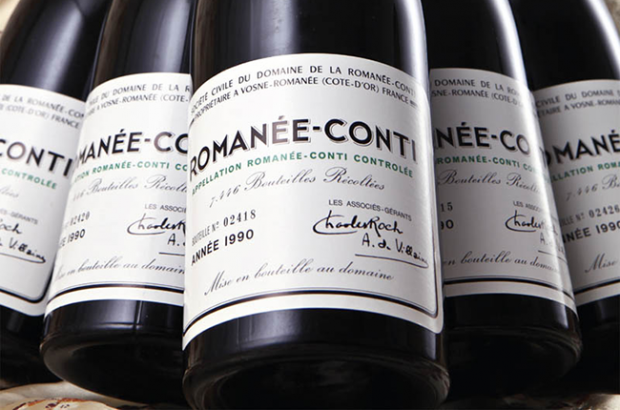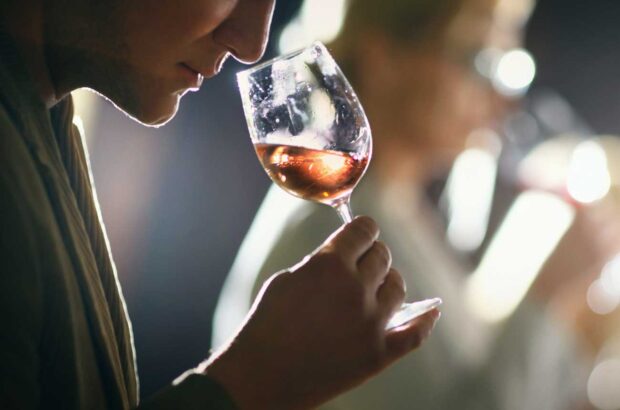One of the biggest names in Port is rejecting automatic treaders in favour of the classic method of foot-treading.
The Fladgate Partnership – Taylor’s, Fonseca, Croft and Delaforce – is currently demolishing its newly-acquired Croft’s winery at Quita da Roeda in the Douro and installing four new ‘lagares’ or open granite fermentation tanks. Managing director Adrian Bridge reckons these are the first new lagares to be installed in the region for nearly 20 years.
‘We intend to use the lagares to maximise the fruit potential there,’ Bridge told decanter.com.
Taylor’s and Fonseca are already trodden by foot, which has the advantage of not breaking the pips. But it is labour-intensive and costly, each lagar requiring 24 people. The rival house Quinta do Noval is making increasing use of a mechanised treading system, while still retaining a commitment to manual methods.
Fladgate considered moving to the Noval system five years ago, but opted instead for its own form of mechanisation.
Rather than open lagars with robotic ‘feet’, the company has invested in closed tanks, with plunging piston arms to extract colour and tannins. This system replicates traditional pigeage, in which the wine maker plunges naked into the vat to circulate the fermenting wine.
Fladgate’s piston tanks, according to Bridge, are ’96 to 98%’ as good as traditional lagares. ‘But in our opinion the human foot is the best. We can use human feet for our best grapes and the piston plungers for all other styles.’
Written by Patrick Matthews26 April 2002






